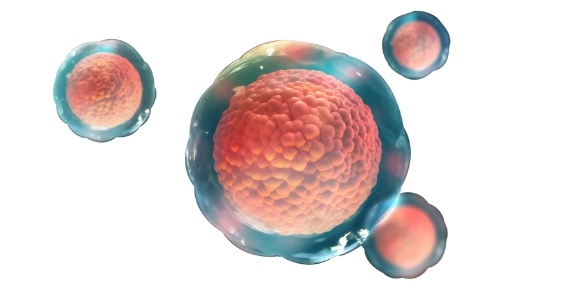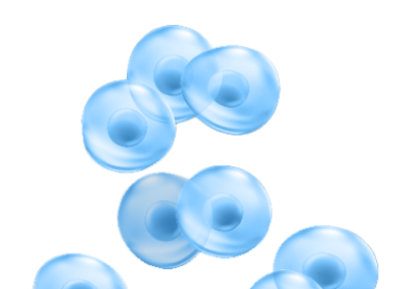
Stem cells are also known as the master cells. Why?¹
Because they can basically take up the form of other kinds of cells.
These unique cells have the ability to turn into any kind of cell in your body. Stem cells are found in many places throughout our bodies including bone marrow, blood, skin, brain, muscle, fat, and reproductive organs. These cells are very important because they can help us grow and repair tissues.
1. Can renew and make more of themselves to maintain the cell population
2. Can differentiate and form into other specialised cell types
Have a look at this video to understand more on stem cells!
Video from : TED-Ed
Types of Stem Cells²
There are mainly 3 big groups of stem cell types:

- Source of new cells for an embryo
- Can change into any cell type in the body (pluripotent)
SOURCE
Embryo

- Source of new cells as the body grows
- Can help replace damaged cells
- Can take up certain form of cell types (multipotent)
SOURCE
Bone marrow, umbilical cord, peripheral blood and adipose tissue.

- Made in laboratory
- Reprogram the adult cells (like skin or blood cells), to become stem cells
- Can develop into ANY cell type
Fact:
Did you know that in terms of therapeutic use, the umbilical cord blood has superior advantages over bone marrow?³
Cord blood transplants do not require exact human leukocyte antigen (HLA) tissue matching, have lower rate of graft versus host disease and can be made readily available at any time. The best part of it, collecting the cord blood is simply easy, painless and quick! The cord blood can be collected right after the baby is born and it does not harm either the mom or the baby.



